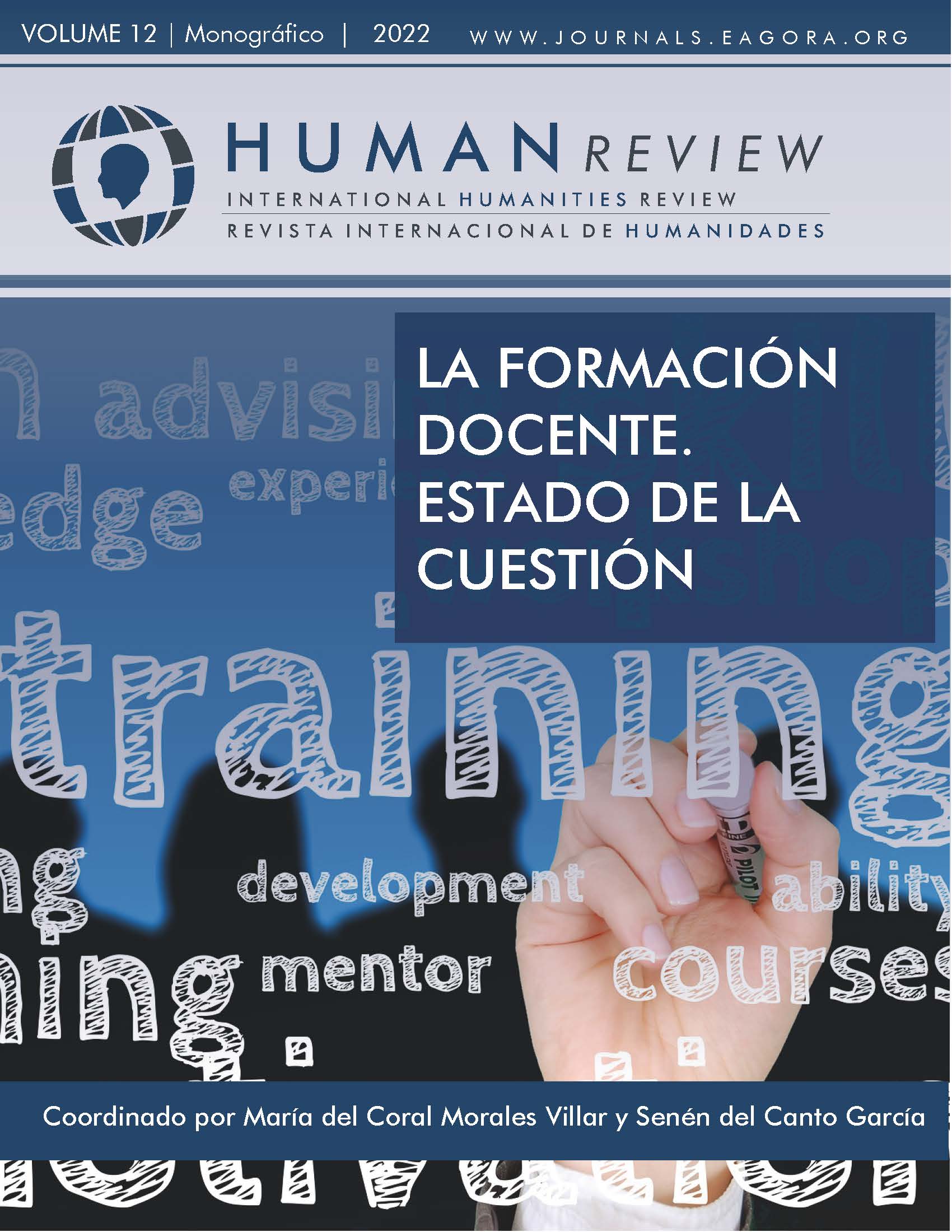Photography and the social short film as research instruments: didactic experiences
Keywords:
Visual sociology, Social photography, Social short film, Didactic experiences, Social image, Exploratory investigation, Didactic resourcesAbstract
We currently live in an intensely visual society, however, from the Social Sciences the image is despised as a didactic and research tool, leaving it relegated to the world of the arts. With this background question, we want to show the experience of the students of the subjects: Society, Family and Education, and Sociology of Education (from the University of Almería), after the use of photography and the social short film as complementary didactic instruments to the investigation. Thus, the training experiences of these students will be shown after the use of these resources in their projects.
References
Adelman, K. (2005). Cómo se hace un cortometraje. Ediciones Robinbook.
Arias, F. (2006). El proyecto de investigación. Introducción a la metodología científica. Editorial Episteme.
Arias, S. M., Ramos, J. E., y Gómez, R. L. (2021). El cortometraje como herramienta para la concientización: un análisis de la producción científica en la actualidad. Revista Ciencias y Artes, 1(2), 87-103.
Banks, M. (1995). Visual research methods. Guildford: Department of Sociology, University of Surrey.
Bericat, E. (2012). Ciencias Sociales y cultura audiovisual: el conocimiento de la fotografía (pp. 183-199), en J.A. Roche (Ed.) La Sociología como una de las Bellas Artes. La influencia de la literatura y de las artes en el pensamiento sociológico, Barcelona, Anthropos, 201-224.
Bertaux, D. (1989). Los relatos de vida en el análisis social. Historia y fuente oral, (1), 87-96. https://acortar.link/XbXuVx
Fredrickson, B. L., y Roberts, T. A. (1997). Objectification theory: Toward understanding women’s lived experiences and mental health risks. Psychology of women quarterly, 21(2), 173-206. https://onlinelibrary.wiley.com/doi/abs/10.1111/j.1471-6402.1997.tb00108.x
Fuentes, J.B. (2021). Apuntes sobre iniciación a la fotografía. Edual.
Giddens, A. (2000). Manual de sociología. Alianza Editorial.
Goffman, E. (2001). La presentación de la persona en la vida cotidiana. Amorrotu.
Legerén, A.D. (2015). A la luz de la propia sombra. Incorporaciones de la fotografía a la sociología, Fotocinema, Revista científica de cine y fotografía, (10). https://revistas.uma.es/index.php/fotocinema/article/view/5988
Lozano, A., Moreno, M. J. G., y Cuenca, C. (2020). Youtube como recurso didáctico en la Universidad. EDMETIC, 9(2), 159-180. https://www.uco.es/ucopress/ojs/index.php/edmetic/article/view/12051
Mata De Salcedo, C., Rodríguez, R., Luis, J., y Villar Terrero, A. R. (2021). El cortometraje como herramienta pedagógica para el trabajo colaborativo en estudiantes del ISFODOSU. Educare, 25(2), 237-251. https://acortar.link/4VQQNF
Mejía, J. (2000). La investigación cuantitativa en la sociología peruana. Cinta de Moebio, Revista de Epistemología de Ciencias Sociales, (9).
Moncrieff , H. (2022). Warao queen: challenging beauty in Venezuela–the Rachel Tanur Memorial Prize for Visual Sociology 2020. Visual Studies, 37(1-2), 4-6.
Rojas, J. E. R. (2020). La Fotografía como Estrategia Didáctica para la Enseñanza-Aprendizaje del Medio Ambiente con los Estudiantes de Noveno grado del Colegio Cambridge School de Pamplona. Una Experiencia Pedagógica. Conocimiento, investigación y educación, 1(3), 24-37. https://acortar.link/QJse8F
Ruiz, F. H., y Estrada, R. (2021). Revisión Bibliográfica: La Metodología del Aprendizaje basado en la Investigación. Ciencia Latina, 5(1), 1079-1093. https://doi.org/10.37811/cl_rcm.v5i1.312
Ruiz, J. (2009). Análisis sociológico del discurso: métodos y lógicas. Forum Qualitative Sozialforschung. http://hdl.handle.net/10261/64955
Yélamos , M. S., y Moreno, A. J. (2022). El uso de las TIC y el enfoque AICLE en la educación superior (Kahoot!, cortometrajes y BookTubes). Pixel-Bit Revista de Medios y Educación. 63, 257-292. https://doi.org/10.12795/pixelbit.86639

